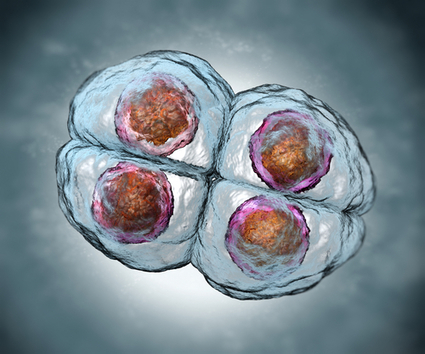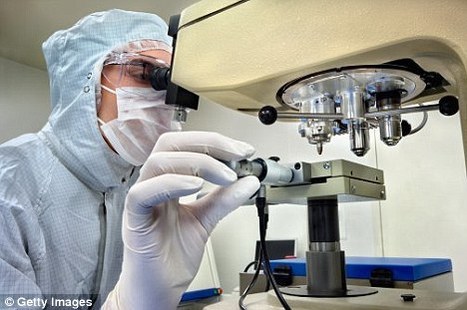Research and publish the best content.
Get Started for FREE
Sign up with Facebook Sign up with X
I don't have a Facebook or a X account
Already have an account: Login
 Your new post is loading... Your new post is loading...
 Your new post is loading... Your new post is loading...
|
|


















The world's largest stem cell society this week signaled a willingness to reconsider a long-standing restriction on laboratory efforts to grow and study human embryos. In new guidelines, the International Society for Stem Cell Research (ISSCR) also spotlights a possible alternative to using embryos that might be less ethically fraught: emerging methods to model stages of human development with stem cells. ISSCR's influential guidelines previously put the culture of human embryos beyond 14 days postfertilization in its most restrictive category three: "prohibited research activities." The new guidelines, drafted by a task force of scientists and ethicists, omit longer embryo culture from this category and encourage a public discussion about allowing it.